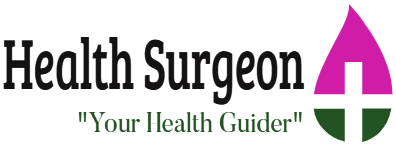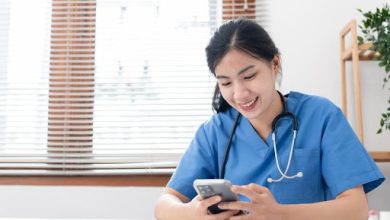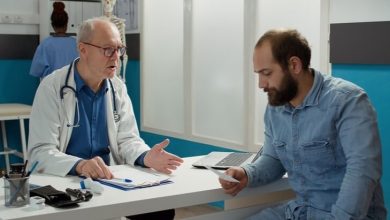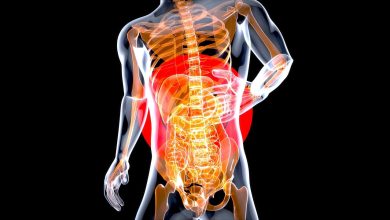Creating a Connected Healthcare Ecosystem: The Role of the Internet of Medical Things in Enhancing Patient Outcomes

The IoMT is a rapidly growing network of interconnected medical devices, sensors, and software applications that collect, analyze, and transmit health data. This innovative ecosystem has the potential to revolutionize healthcare by enabling more efficient, personalized, and proactive care. One crucial aspect of the Internet of Medical Things (IoMT) is personal health records apps, which play a vital role in creating a connected healthcare experience for patients and providers. In this article, we will explore how these apps contribute to the IoMT and enhance patient outcomes.
Personal Health Records Apps: The Cornerstone of Connected Healthcare
Personal health records (PHR) apps are digital platforms that allow individuals to store, manage, and share their medical information securely. These apps can include data about medical history, medications, allergies, immunizations, and lab results. By consolidating this information within a user-friendly interface, PHR apps enable users to monitor their health more effectively and make informed decisions about their care.
The integration of PHR apps within the IoMT ecosystem offers numerous benefits, including:
Improved Patient Engagement
One of the primary goals of the IoMT is to engage patients in their healthcare journey actively. PHR apps facilitate this engagement by providing patients with easy access to their medical records, allowing them to track their symptoms, set medication reminders, and communicate with healthcare providers. As patients become more engaged in their care, they are better equipped to adhere to treatment plans and make healthier lifestyle choices, ultimately leading to improved outcomes.
Enhanced Data Sharing and Collaboration
The IoMT thrives on the seamless exchange of health data between various stakeholders, including patients, providers, and medical devices. PHR apps serve as a central hub for this data, enabling users to share their records with healthcare providers and other authorized parties easily. This improved data sharing facilitates better collaboration among care teams, ensuring that all members have the most up-to-date information when making clinical decisions.
Real-Time Health Monitoring
The IoMT incorporates a wide range of connected devices, such as wearable fitness trackers, remote patient monitoring systems, and smart medical equipment. These devices collect and transmit health data in real-time, allowing for continuous monitoring of patients’ health status. By integrating this data into PHR apps, users can gain valuable insights into their health and receive timely feedback from healthcare providers. This real-time monitoring allows for early intervention and more proactive care, ultimately enhancing patient outcomes.
Personalized Care Plans
As the IoMT ecosystem continues to evolve, it is becoming increasingly possible to develop personalized care plans based on each patient’s unique needs and preferences. By leveraging data from PHR apps and other connected devices, healthcare providers can gain a comprehensive understanding of a patient’s health status, lifestyle, and goals. This detailed information enables providers to tailor treatment plans and interventions to optimize patient outcomes.
Overcoming Challenges and Embracing the Future
Despite the numerous benefits of incorporating PHR apps within the IoMT ecosystem, there are also challenges to overcome. These include concerns about data privacy, security, and interoperability between different devices and platforms. As the IoMT continues to expand, it is crucial to address these issues while maintaining patient trust and ensuring regulatory compliance.
The future of the IoMT holds immense promise for enhancing patient outcomes and transforming the healthcare landscape. By embracing the power of personal overall health records apps and other connected technologies, we can create a truly connected healthcare ecosystem that empowers patients, providers, and caregivers alike. Together, we can harness the potential of the Internet of Medical Things to deliver more efficient, personalized, and proactive care for all.




